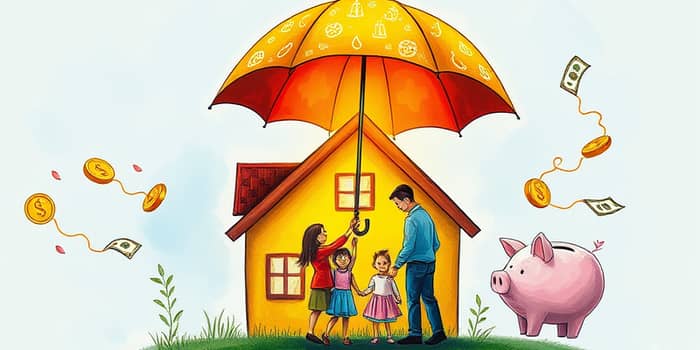
In today’s uncertain economic environment, financial surprises can be more than inconvenient—they can be devastating. Many families find themselves scrambling when a sudden car breakdown, medical bill, or home repair shows up unannounced. By planning ahead and taking proactive measures, you can transform these shocks from crises into manageable situations.
This article provides an in-depth guide on identifying typical expense triggers, understanding why so many households are underprepared, and implementing strategies to build a resilient emergency fund. You’ll learn practical steps to safeguard your finances and maintain peace of mind, no matter what life throws your way.
Unexpected costs come in various forms, but certain patterns emerge year after year. From car repairs and home maintenance emergencies to surprise medical bills and appliance breakdowns, the most common financial shocks often exceed a few hundred dollars.
Statistics show that the median cost for unplanned purchases over $250 is $605, while major home repairs average $2,112. Nearly half of consumers have faced an expense of at least $250 in the past year alone.
Research reveals that nearly 60% of Americans cannot cover a $1,000 emergency with existing savings. The median bank balance for U.S. households stands at just $8,742—far below the recommended safety net.
Several factors contribute to this shortfall. Around 60% of adults live paycheck to paycheck, persistent inflation continues to erode purchasing power, and subtle price hikes from shrinkflation conceal continued cost increases. Together, these trends make it challenging to build a robust financial cushion.
To move from vulnerability to confidence, start by defining clear targets for your emergency fund. Experts suggest two tiers:
Establishing these milestones helps you chart progress and stay motivated. Even modest contributions can add up quickly when you maintain consistency.
Building a sizable emergency reserve requires disciplined yet flexible approaches. Consider these methods:
By making savings automatic, you remove the temptation to spend and steadily reinforce your financial foundation.
Effective budgeting is the backbone of any emergency plan. Following the 50/30/20 budgeting rule can simplify this process:
Fintech tools such as YNAB or PocketGuard can help you track spending in real time and adjust allocations on the fly. Regularly reviewing your budget ensures you stay aligned with evolving financial goals.
Concerns about money are more than numerical; they carry emotional weight. Many individuals experience widespread anxiety about financial unpredictability, which can affect mental health and decision-making.
Understanding the social context—ranging from economic policies to community support networks—helps you navigate financial stress. Sharing goals with a partner or support group can bolster accountability and reduce isolation.
While credit cards remain the default fallback for 33% of consumers, alternative options like Buy Now, Pay Later (BNPL) platforms are emerging. Currently used by only 9% for emergencies, these services may gain traction as financial tools evolve.
However, relying on debt can be risky. Instead, keep these solutions as a last resort and prioritize building liquid savings for genuine emergencies.
By combining awareness, structured planning, and consistent action, you can transform financial uncertainty into an opportunity for growth. An emergency fund isn’t just numbers in a bank account—it’s an unshakable financial safety net.
Start today by setting a small savings goal, automating contributions, and tracking your progress. Over time, these steady steps will build an unshakable financial safety net, ensuring you’re prepared, not surprised, by whatever comes your way.
References













